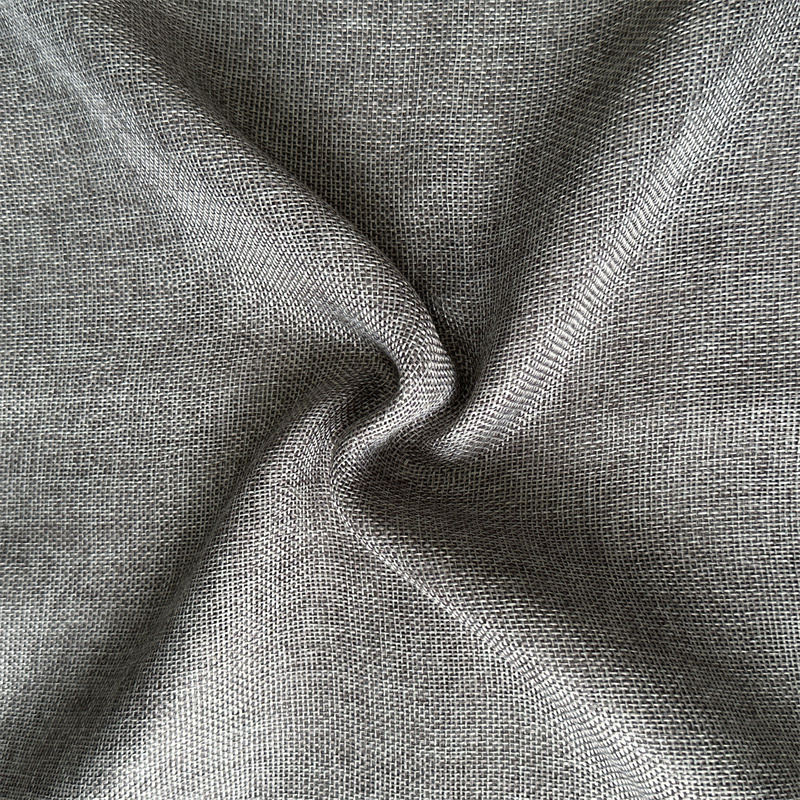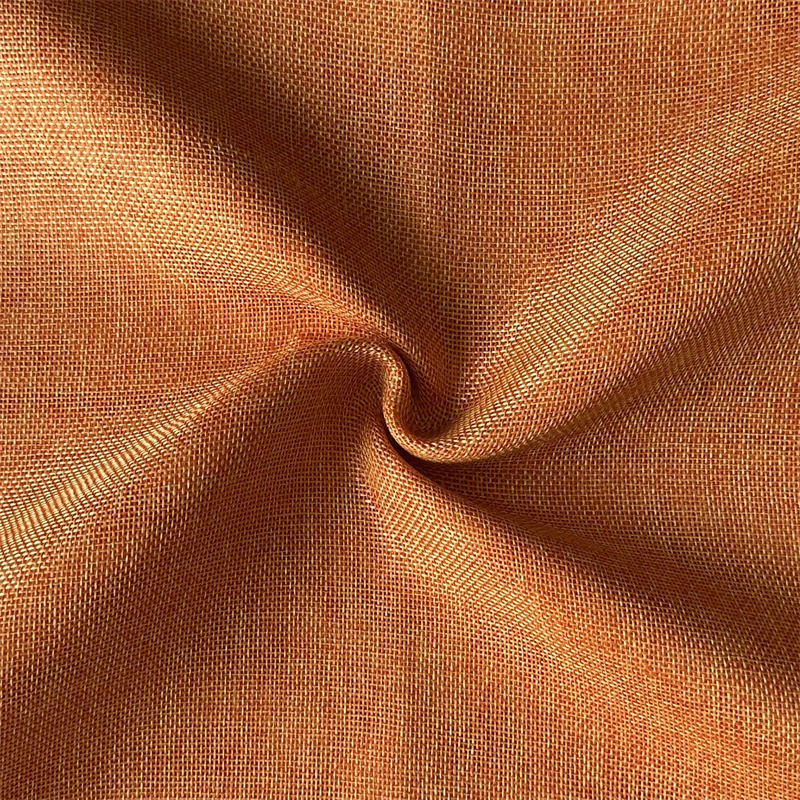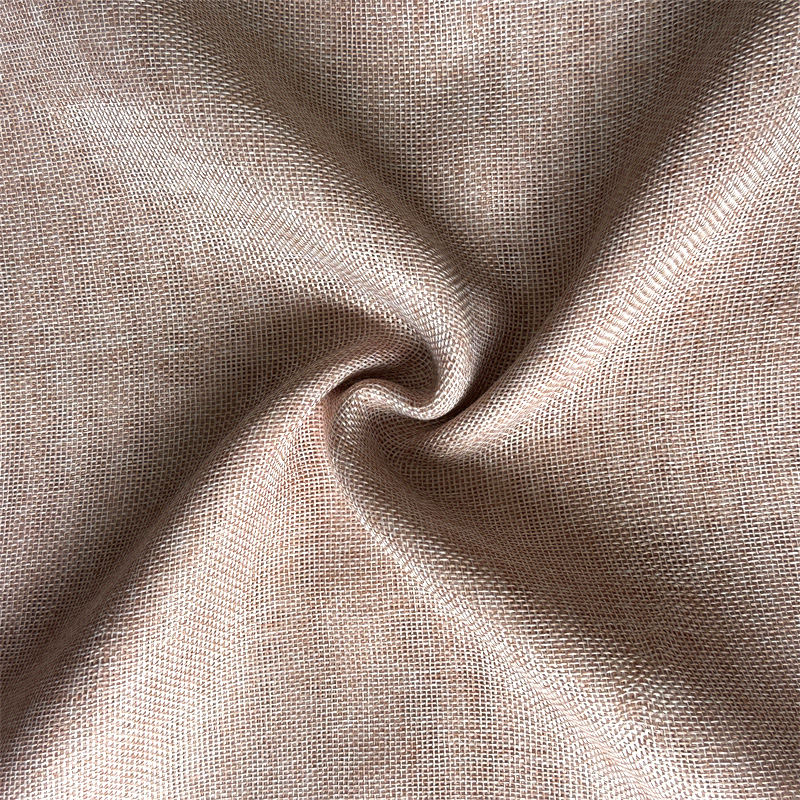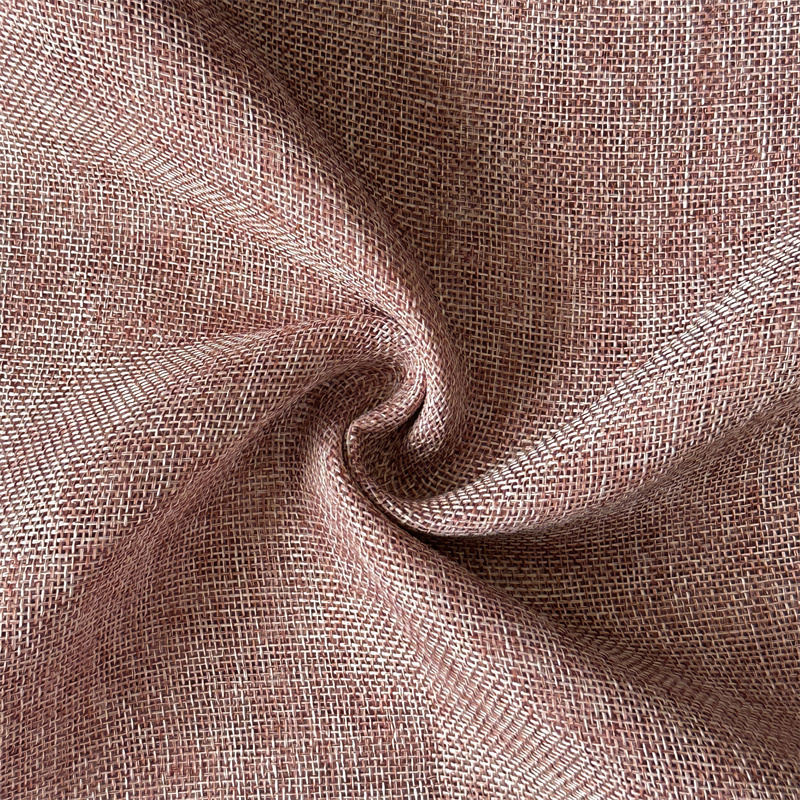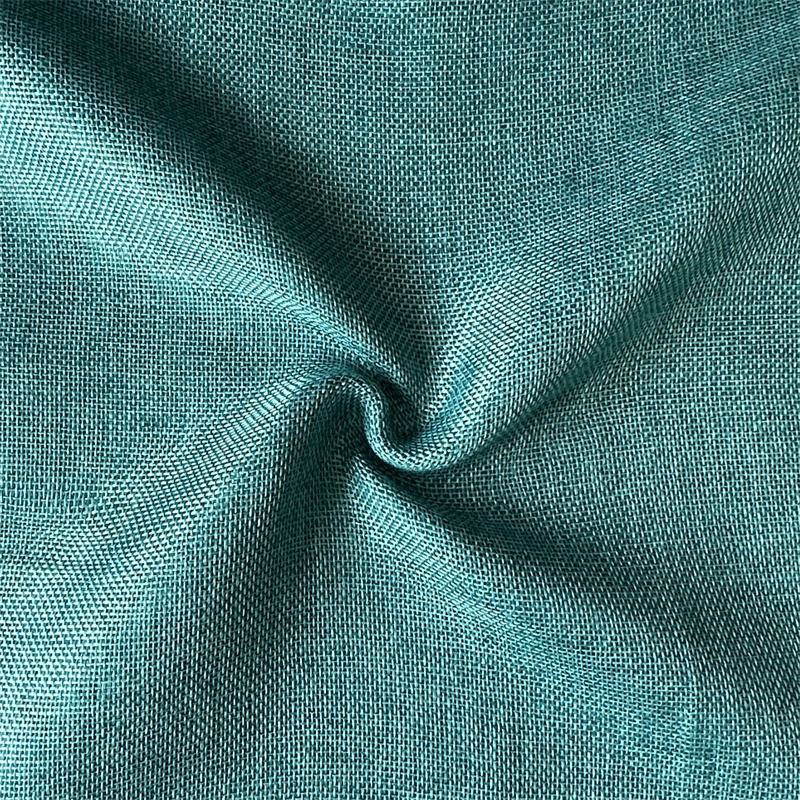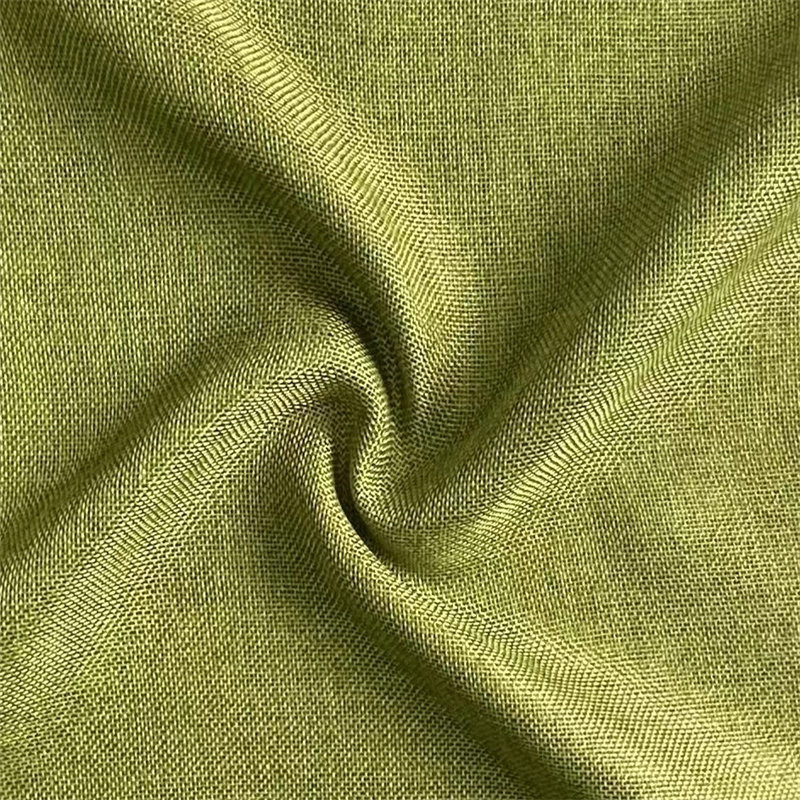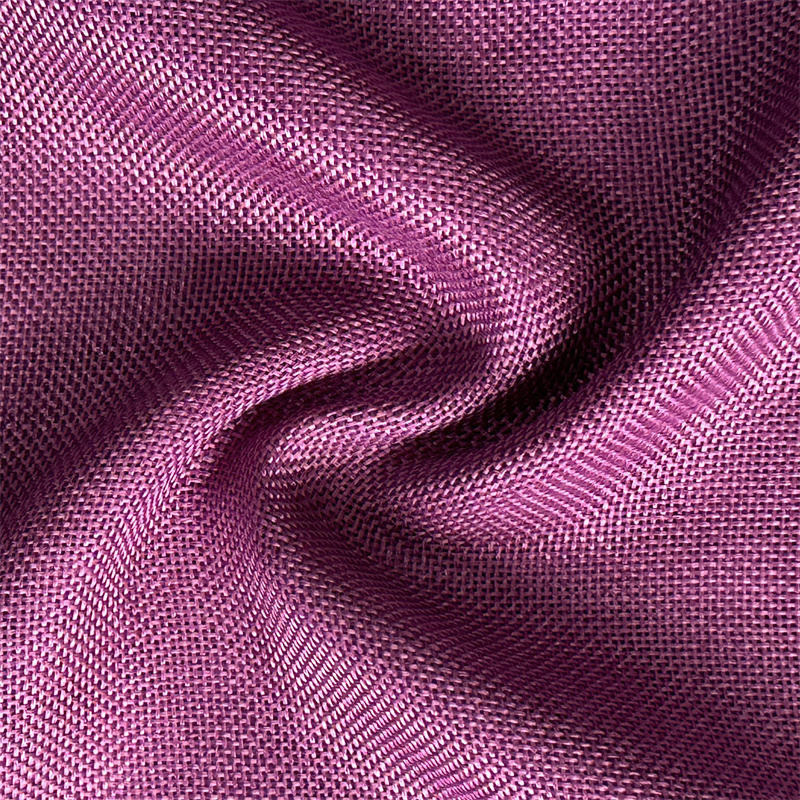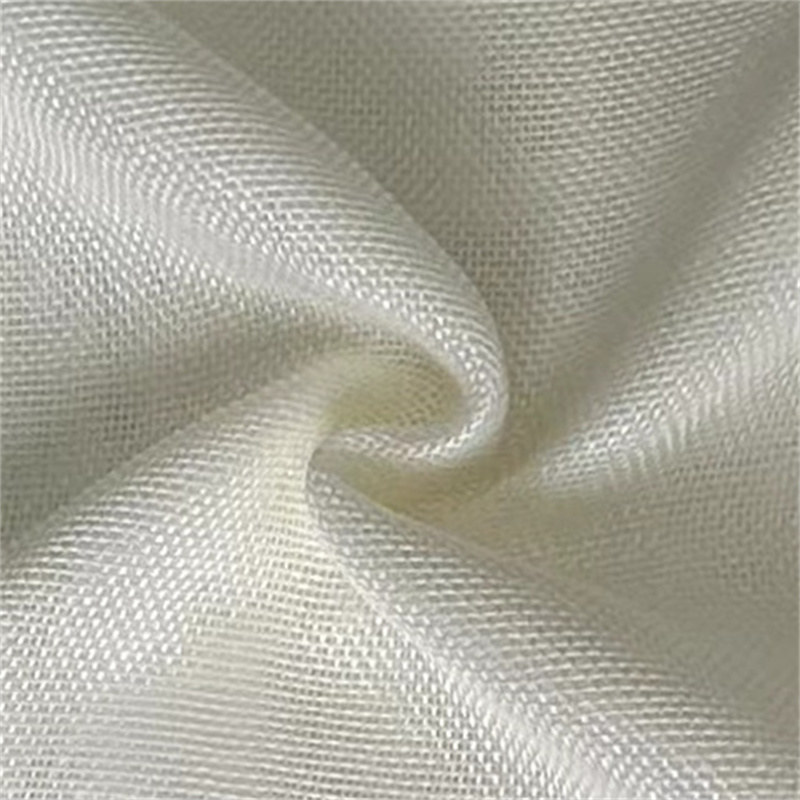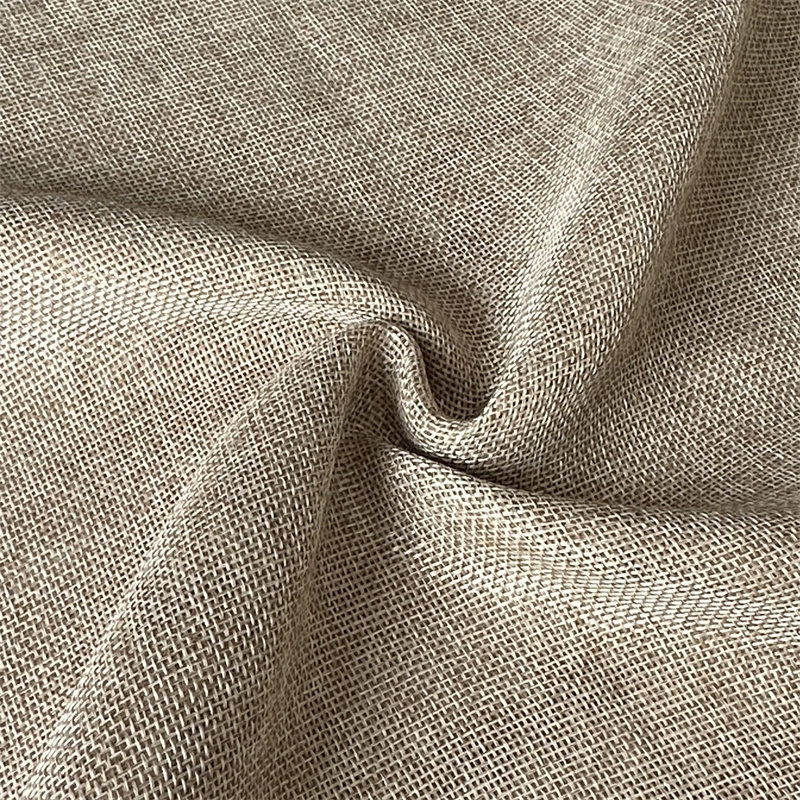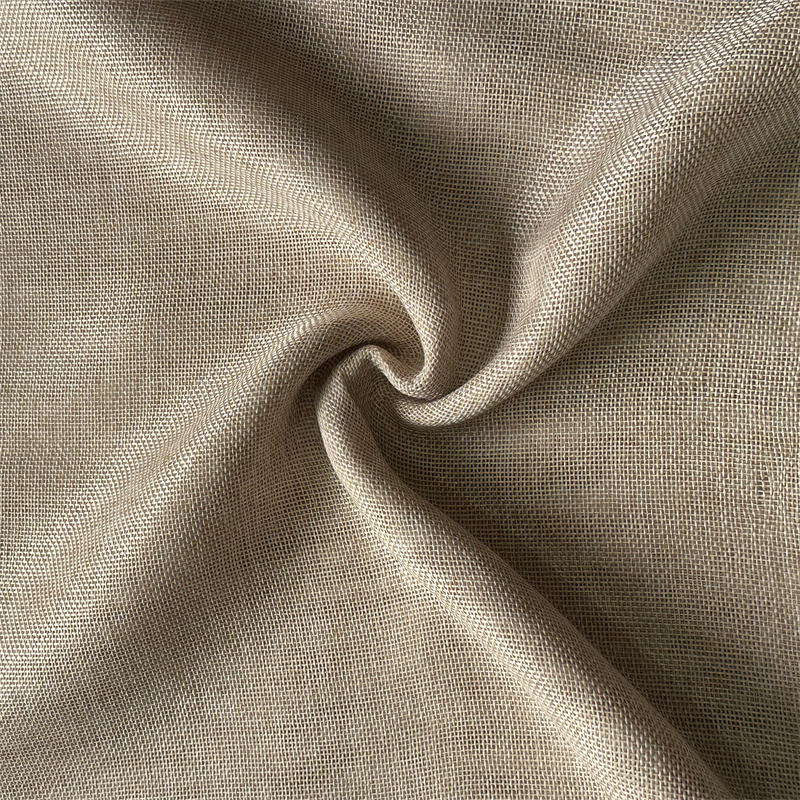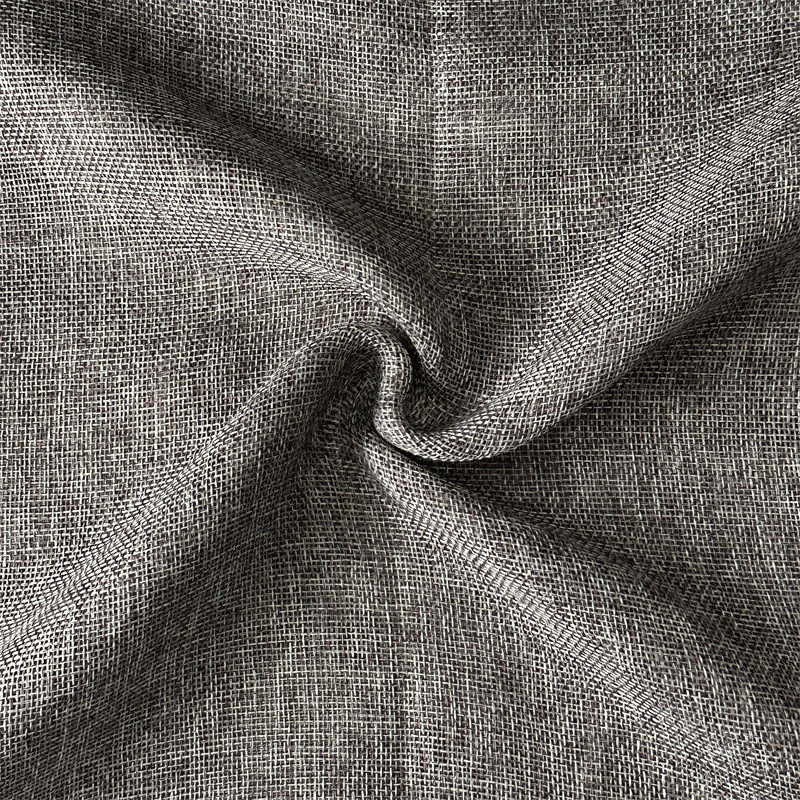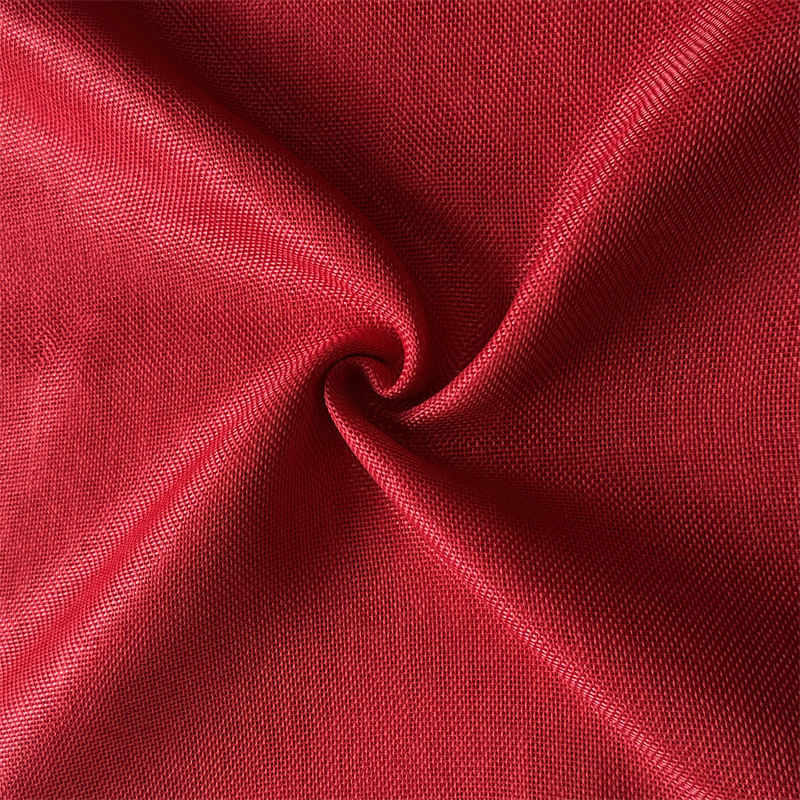Plaid polyester linen fabric and natural linen fabric are two popular choices in the textile market, each with distinct characteristics that cater to different needs and preferences. Understanding the key differences between these fabrics can help consumers make informed decisions when selecting materials for their home decor, clothing, and other applications. At the core of the comparison lies the fundamental distinction between synthetic and natural fibers, which affects various aspects of the fabrics, including texture, durability, care requirements, and overall performance.
One of the most notable differences between plaid polyester linen fabric and natural linen fabric is their composition. Natural linen is derived from the flax plant and boasts a unique texture and appearance that many people find appealing due to its organic nature. In contrast, plaid polyester linen fabric is a synthetic textile that combines traditional plaid patterns with imitation linen materials, typically made from polyester or a blend of polyester and cotton. While natural linen is prized for its breathable and moisture-wicking properties, plaid polyester linen fabric offers enhanced softness and easy care, making it a practical choice for everyday use. The synthetic fibers in plaid polyester linen contribute to a more consistent texture, resulting in a fabric that mimics the look of linen without the same level of variability found in natural fibers.
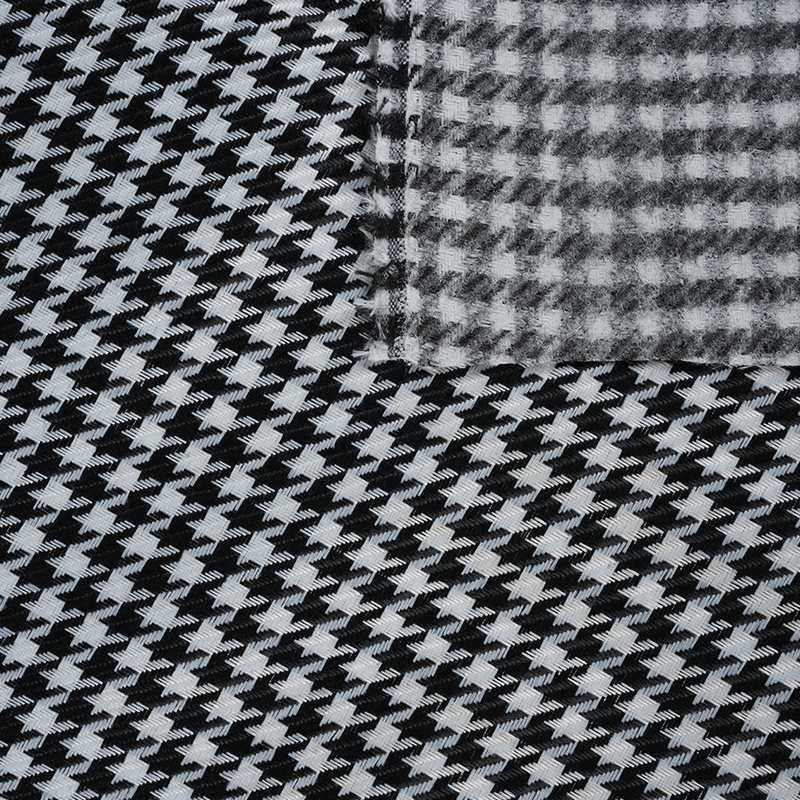
Durability is another significant factor that differentiates these two fabrics. Natural linen, while strong, is more susceptible to wrinkling, shrinking, and deformation over time, especially if not cared for properly. It requires gentle washing and careful handling to maintain its appearance. On the other hand, plaid polyester linen fabric excels in terms of durability and resistance to wear and tear. It is more wrinkle-resistant and less likely to shrink or deform, making it a preferred option for items that are subject to frequent use, such as curtains, tablecloths, and casual clothing. This resilience allows plaid polyester linen fabric to maintain its vibrant colors and patterns over time, providing a visually appealing choice for both decorative and functional purposes.
Comfort is another essential aspect to consider when comparing these fabrics. While natural linen is known for its breathable nature, which makes it suitable for warm climates, plaid polyester linen fabric also offers comfort due to its soft texture and breathability. This makes it a versatile option for year-round use, as it provides a pleasant feel in both hot and cold weather. Additionally, plaid polyester linen fabric typically maintains its color vibrancy and is less prone to fading compared to natural linen, which can help ensure that items retain their aesthetic appeal longer.
From a commercial perspective, plaid polyester linen fabric has gained popularity in various sectors, including home decor and fashion. Its affordability and ease of care have made it an attractive option for consumers seeking stylish yet practical textiles. With the diversity of plaid patterns available, this fabric can cater to a wide range of styles, from traditional country aesthetics to modern minimalist looks. In contrast, natural linen often comes with a higher price tag due to its labor-intensive production process, which can limit its accessibility for some consumers. Thus, plaid polyester linen fabric has carved out a significant niche in the market, appealing to those who prioritize both aesthetics and functionality.
While both plaid polyester linen fabric and natural linen fabric offer unique advantages, their differences stem from their composition, durability, comfort, and commercial value. Natural linen remains a beloved choice for its organic qualities and timeless appeal, but plaid polyester linen fabric stands out for its practicality, resilience, and vibrant patterns. By understanding these key distinctions, consumers can make informed choices that align with their preferences, lifestyle, and design goals, ultimately enhancing their experience in both home decor and fashion.


 中文简体
中文简体 Español
Español